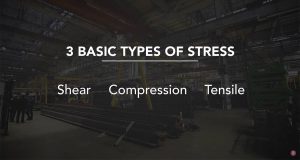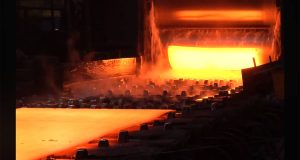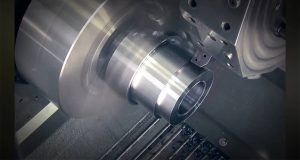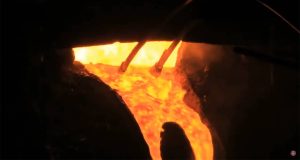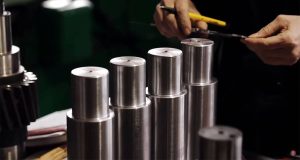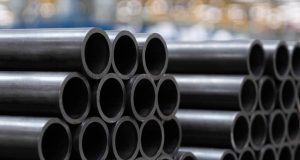Industrial Metal Cutting with Bandsaws and Circular Saws
A busy metalworking shop featuring both a horizontal bandsaw and a circular saw station, each set up for precision metal cutting tasks.
Understanding the Differences in Metal Cutting Tools
When it comes to metal fabrication, selecting the right saw can make a big difference in productivity, accuracy, and efficiency. Bandsaws and circular saws are two of the most widely used tools in this field, and each has its own advantages depending on the type of work you do. Knowing which one fits your application ensures you can cut materials effectively while maintaining a safe and streamlined workflow.
Bandsaws use a continuous flexible blade that moves in one direction, providing smooth, consistent cuts. Circular saws use a rotating disc with teeth around the edge, delivering fast and aggressive cutting power. Both can cut metal, but their design and functionality suit different needs.
Benefits of Using the Right Saw for Metal Cutting
Matching the correct saw to the job offers several key advantages:
- Improved Efficiency: Complete cuts faster and with less setup.
- Better Accuracy: Maintain tighter tolerances on straight and angled cuts.
- Material Versatility: Cut different metals effectively without excessive wear.
- Safety: Use the saw type designed for your material and thickness.
Precision Cutting with Horizontal Bandsaws
A horizontal bandsaw in operation, cutting long steel stock to length with a steady feed system.
Why Choose a Bandsaw?
Bandsaws are ideal for tasks requiring clean, straight cuts with minimal material waste. Horizontal bandsaws hold the workpiece steady while the blade moves through it, making them perfect for cutting bars, pipes, and long stock to size. Vertical bandsaws, on the other hand, allow for more creative shaping and angled cuts, giving them flexibility for specialized fabrication work.
Circular Saw Setup in a Metal Fabrication Shop
A metal-cutting circular saw with a carbide-tipped blade ready for cutting steel plate.
Why Choose a Circular Saw?
Circular saws excel at high-speed, straight-line cutting, especially when working with sheet metal or thinner stock. They are portable, easy to set up, and capable of producing quick results in the field. With the right blade, they can handle a variety of metals, making them a strong choice for on-site construction and quick fabrication jobs.

Test Your Knowledge on Band Saw Types
Think you know your way around different types of band saws? From horizontal to vertical models and everything in between, each has its own strengths and uses. Put your skills to the test with our interactive quiz at sawbladeuniversity.com. It’s a quick, fun way to see how much you really know and you might even pick up a few new tips along the way.
Key Comparison Table: Bandsaw vs. Circular Saw
| Feature | Bandsaw | Circular Saw |
|---|---|---|
| Blade Type | Continuous flexible band | Rotating disc with teeth |
| Best For | Long cuts, curves, and complex shapes | Fast straight cuts on sheets or thin stock |
| Material Waste | Low | Moderate |
| Portability | Generally stationary (except portable) | Highly portable |
| Cutting Speed | Moderate | High |
| Precision | High | Moderate |

Operator Aligning a Bandsaw Blade for Accuracy
A metalworker adjusting blade alignment on a vertical bandsaw for a custom cut.
Choosing Based on Your Project Needs
If you primarily cut long stock, thick material, or need curves and angles, a bandsaw is often the better choice. If your work involves quick, straight cuts in sheet metal or lighter materials, a circular saw might be more efficient.
Bandsaw Advantages Recap
- Consistent, smooth cutting motion
- Capable of straight, angled, and curved cuts
- Low material waste
- Works well with thick and hard metals
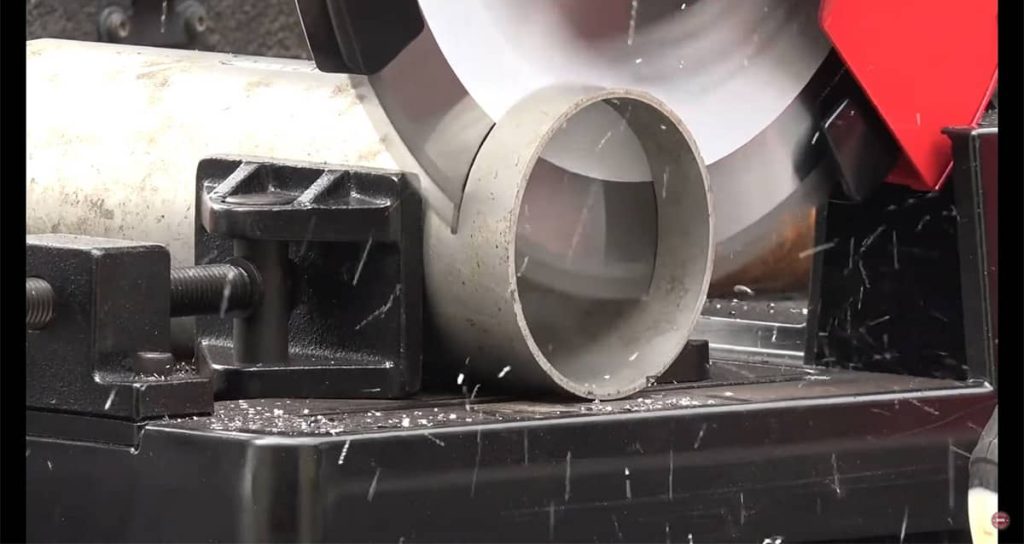
Circular Saw Cutting Through Aluminum Sheet
A handheld circular saw making a clean cut through aluminum with a specialized metal-cutting blade.
Circular Saw Advantages Recap
- High-speed cutting for quick jobs
- Portable and easy to set up anywhere
- Effective on sheet metal and thin stock
- Can be used in both workshop and field settings
Both bandsaws and circular saws have a place in metal fabrication. The best choice depends on your work volume, the types of materials you handle, and whether portability or precision is more important. Understanding their strengths will help you invest in the right tool for your needs and keep your projects running smoothly.


